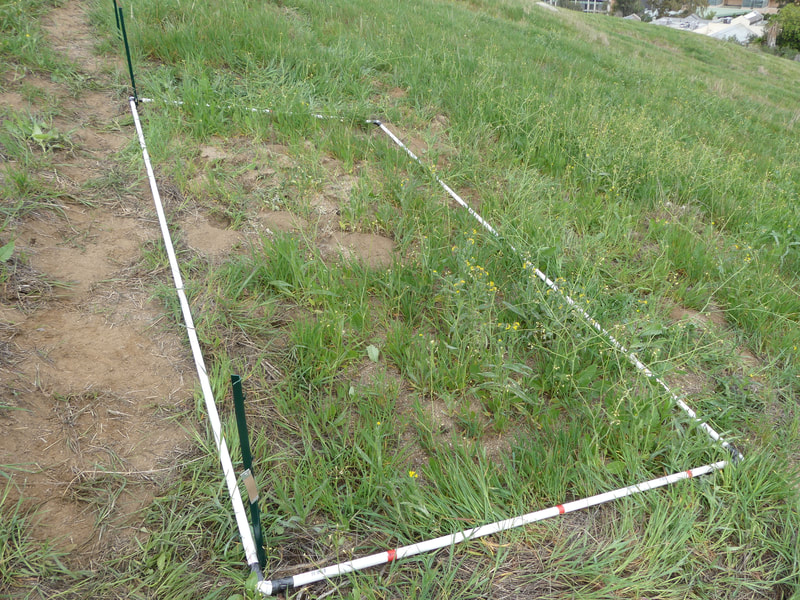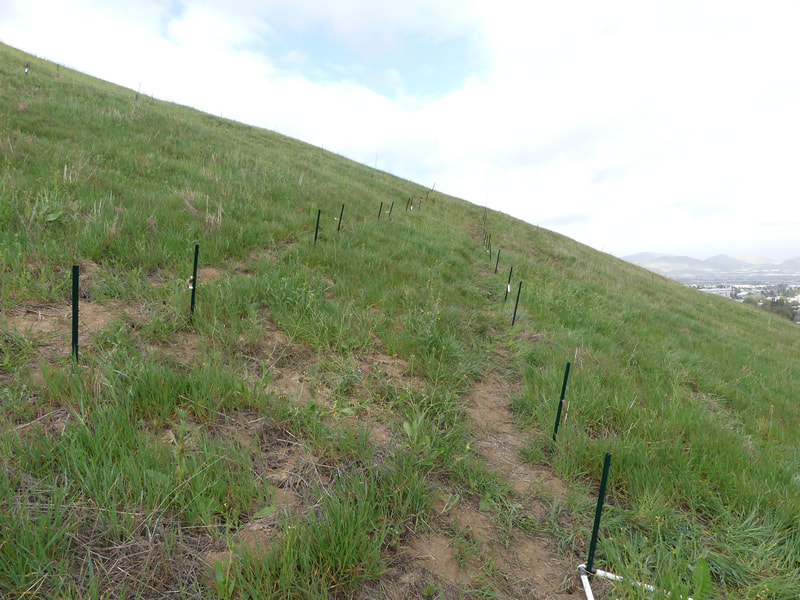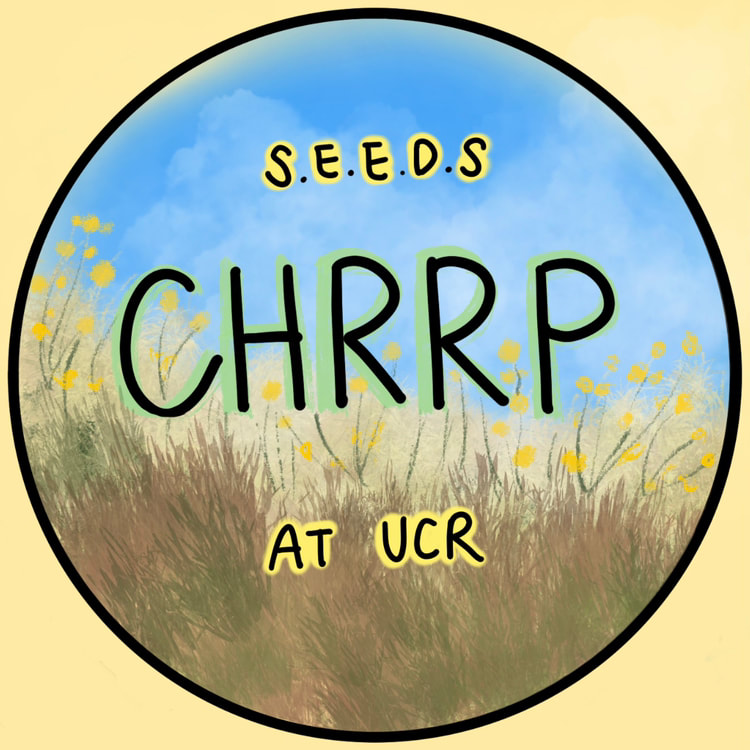|
SEEDS's undergraduate research project investigates the effect of litter removal on species composition in threatened coastal sage scrub. Background
The highly diverse coastal sage scrub (CSS) ecosystem, dominated by short-statured drought-deciduous shrubs and interspersed annuals can found throughout coastal California and into northern Baja California. Coastal sage scrub, which provides habitat for many endangered species, has experienced widespread decline as a result of urbanization, agricultural land use, air pollution, shifts in fire regimes, and conversion to exotic annual grassland. It is estimated that 70-90% of coastal sage scrub in California has been lost, making CSS one of the most threatened ecosystems in the United States. Invasion by exotic annuals and the subsequent conversion to annual grassland has substantially reduced native biodiversity. To address this conservation challenge, an experiment was established in 2008 to test if thatch accumulation by exotic annuals reduces native species success. Biology undergraduates helped establish paired plots in degraded coastal sage scrub plant communities on the UCR campus. Total species richness, native species richness, and the dominance of the invasive grass Bromus diandrus were recorded annually over 7 years to investigate the effect of thatch removal on plant diversity in invaded coastal sage scrub ecosystems. The UCR Strategies for Ecology Education, Diversity, and Sustainability (SEEDS) chapter renewed the litter removal experiment and are currently collecting baseline data on species composition. The experiment will be conducted for at least three years, with the goal to continue treatments indefinitely. Preliminary Results Analysis of preliminary data from UCR’s introductory biology courses indicates that the raking treatment significantly increased both native species richness and overall species richness. This data also shows that raking was effective in reducing the dominance of the invasive grass Bromus diandrus. Overall, these results suggest that litter removal has the potential to act as a simple, non-toxic method for increasing native plant biodiversity in degraded coastal sage scrub. We anticipate that the renewed litter removal treatments will result in higher native species richness and abundance in raked plots compared to unraked plots. We expect that the results of this experiment will quantify the efficacy of litter removal as a strategy to manage exotic annual invasion. This research will inform management of coastal sage scrub, with implications for the conservation of endangered species through habitat restoration.
0 Comments
Leave a Reply. |
Anyone is welcome to join the project at any time! For more information about how to sign-up, please see the form below.
|



